Home>Furniture & Design>Outdoor Furniture>Why Is My Outdoor Bamboo Dying In The UK
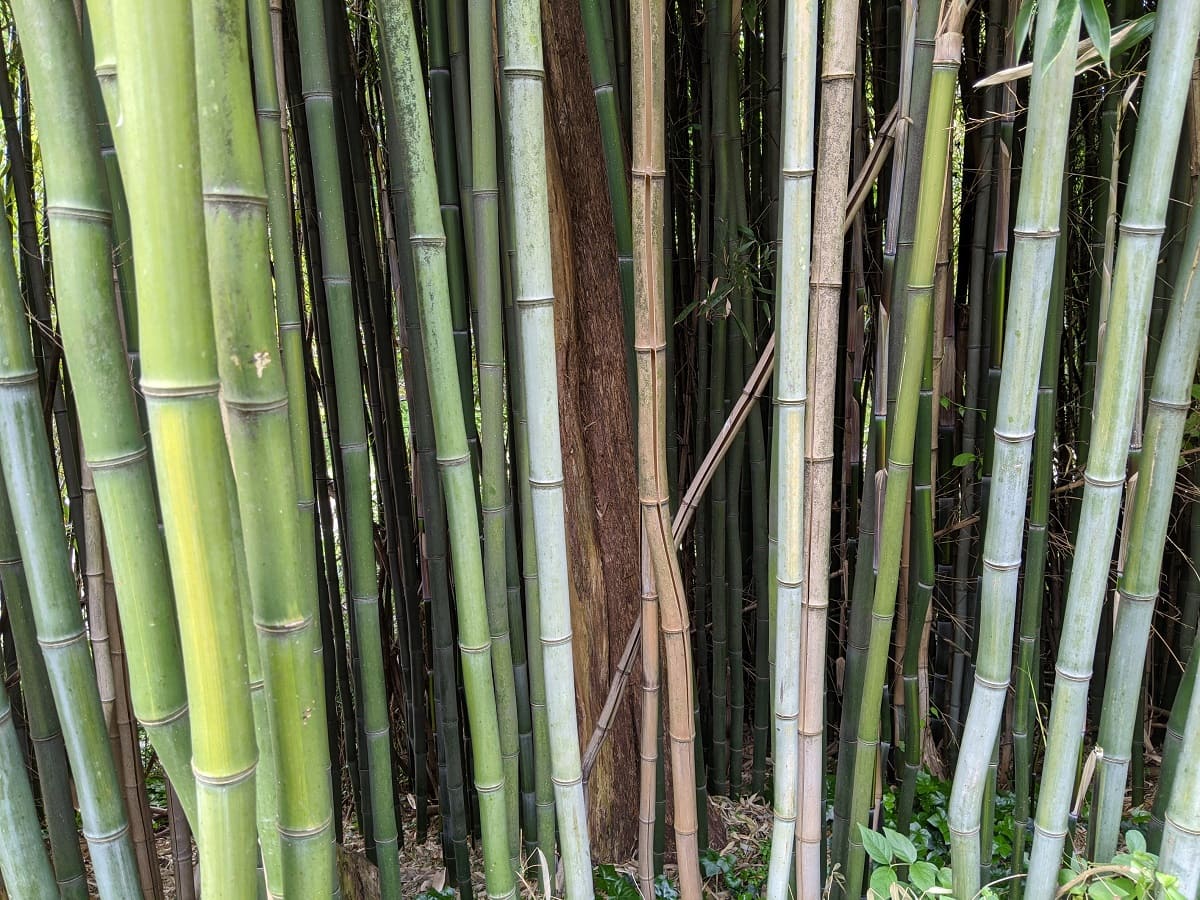

Outdoor Furniture
Why Is My Outdoor Bamboo Dying In The UK
Modified: May 6, 2024
Discover the reasons behind your outdoor bamboo dying in the UK and learn how to revive it. Get expert tips on outdoor furniture, design, and maintenance.
(Many of the links in this article redirect to a specific reviewed product. Your purchase of these products through affiliate links helps to generate commission for Storables.com, at no extra cost. Learn more)
Introduction
Welcome to the world of outdoor furniture, where the allure of nature meets the comfort of home. The gentle rustle of leaves, the warmth of the sun, and the refreshing breeze all contribute to the tranquil ambiance of an outdoor space. Among the various elements that contribute to the beauty of outdoor settings, bamboo holds a special place. Its elegant appearance and versatility make it a popular choice for outdoor furniture, adding a touch of natural charm to any setting.
However, maintaining outdoor bamboo in the UK can present challenges due to the unique climate and environmental conditions. In this article, we will explore the factors that can impact the health of outdoor bamboo in the UK and provide valuable insights into preserving its beauty and vitality.
Whether you have a bamboo chair, table, or other bamboo furniture, understanding the specific needs of outdoor bamboo in the UK will help you create a thriving and inviting outdoor space. Let's embark on a journey to unravel the secrets of nurturing outdoor bamboo in the UK and discover the best practices for ensuring its longevity and vibrancy amidst the British climate.
Key Takeaways:
- Embrace the UK climate’s challenges to nurture outdoor bamboo by understanding soil, sunlight, and watering needs. Protect against pests and diseases for a vibrant outdoor oasis.
- Maintain outdoor bamboo in the UK by balancing sunlight, watering, and drainage. Regular care and proactive measures ensure a resilient and timeless outdoor bamboo sanctuary.
Read more: Why Are My Hanging Baskets Dying?
Understanding the Climate
When it comes to outdoor furniture, the climate plays a pivotal role in determining the success of maintaining bamboo in the UK. The UK’s climate is characterized by its variability, with mild, wet winters and moderate summers. These conditions can significantly impact the health and growth of outdoor bamboo.
Bamboo thrives in regions with a subtropical or tropical climate, making the UK’s temperate climate somewhat challenging for its cultivation. The relatively low average temperatures and high humidity levels can pose obstacles to the optimal development of outdoor bamboo. Furthermore, the fluctuating weather patterns, including sudden temperature drops and extended periods of rainfall, can add further stress to bamboo plants.
Understanding the nuances of the UK’s climate is essential for effectively nurturing outdoor bamboo. By acknowledging the seasonal changes and their effects on bamboo growth, you can implement tailored care strategies to mitigate the impact of the climate and promote the well-being of your outdoor bamboo furniture.
As we delve deeper into the factors influencing outdoor bamboo in the UK, we will explore the significance of soil conditions, sunlight exposure, watering practices, and pest management. By comprehensively addressing these aspects, you can empower yourself with the knowledge and techniques needed to create an environment where outdoor bamboo can thrive despite the challenges posed by the UK’s climate.
Soil Conditions
The soil in which outdoor bamboo is planted plays a fundamental role in its overall health and growth. In the UK, the soil composition varies across different regions, encompassing clay, loam, and sandy soils. Understanding the specific soil conditions in your area is crucial for cultivating thriving outdoor bamboo.
Bamboo thrives in well-draining, fertile soil with a slightly acidic to neutral pH. In the UK, certain regions may have naturally acidic soils, while others may lean towards alkaline compositions. It is important to assess the pH level of the soil where your outdoor bamboo is situated and make necessary amendments to ensure it aligns with bamboo’s ideal growing conditions.
When planting or potting outdoor bamboo, incorporating organic matter such as compost or well-rotted manure can enhance the soil’s fertility and structure. This aids in providing essential nutrients to the bamboo while improving the soil’s ability to retain moisture without becoming waterlogged.
Additionally, regular soil testing can offer valuable insights into the nutrient levels and pH balance, allowing you to make informed decisions regarding fertilization and soil amendments. By maintaining optimal soil conditions, you can create a supportive environment for outdoor bamboo, enabling it to withstand the challenges presented by the UK’s diverse soil compositions.
As we navigate the realm of outdoor bamboo care, understanding the intricate relationship between soil conditions and bamboo health is integral to fostering a flourishing outdoor space. By addressing the specific soil needs of outdoor bamboo in the UK, you can lay a solid foundation for its vitality and resilience, ensuring that it continues to grace your outdoor setting with its natural elegance.
Sunlight and Shade
The interplay between sunlight and shade profoundly influences the growth and well-being of outdoor bamboo in the UK. As a plant that thrives in ample sunlight, bamboo requires strategic placement to harness the benefits of natural light while being shielded from potential harm caused by excessive exposure.
In the UK, where sunlight availability varies throughout the year, understanding the seasonal changes and their impact on outdoor bamboo is crucial. During the summer months, providing sufficient sunlight to your bamboo furniture is essential for promoting robust growth and vitality. However, in the context of the UK’s climate, where extended periods of overcast skies are not uncommon, ensuring that bamboo receives optimal sunlight becomes a strategic consideration.
Striking a balance between sunlight and shade is imperative for preserving the health of outdoor bamboo. While direct sunlight is beneficial, prolonged exposure to intense midday sun, especially during heatwaves, can lead to stress and potential damage to the bamboo foliage. Therefore, strategically situating bamboo furniture in areas that receive dappled sunlight or partial shade can help mitigate the risks associated with excessive sun exposure.
Furthermore, understanding the orientation of your outdoor space in relation to the sun’s path can aid in determining the ideal placement for bamboo furniture. By leveraging natural features such as trees, pergolas, or architectural elements, you can create shaded areas that offer respite from intense sunlight while still allowing bamboo to thrive in a light-filled environment.
Embracing the dynamic relationship between sunlight and shade is essential for nurturing outdoor bamboo in the UK. By strategically managing sunlight exposure, you can create an environment where bamboo flourishes, enhancing the allure of your outdoor space with its graceful presence.
Outdoor bamboo in the UK may be dying due to lack of water, extreme temperatures, or poor soil quality. To revive it, ensure it gets enough water, protect it from harsh weather, and improve the soil with organic matter.
Watering and Drainage
Watering and drainage are pivotal factors in maintaining the health and vitality of outdoor bamboo in the UK. The unique climate, characterized by varying precipitation levels and humidity, necessitates a nuanced approach to watering practices to ensure the well-being of bamboo furniture.
Establishing a balanced watering routine is essential for outdoor bamboo, as both inadequate and excessive moisture can adversely affect its growth. During dry spells, especially in the summer, regular watering is crucial to sustain the bamboo’s hydration levels. However, it is important to avoid waterlogging the soil, as excessive moisture can lead to root rot and other detrimental conditions.
Implementing a thorough yet mindful watering regimen, where the soil is allowed to partially dry between watering sessions, can help maintain the optimal moisture levels for outdoor bamboo. Additionally, incorporating organic mulch around the base of the bamboo furniture can aid in moisture retention while providing insulation against temperature fluctuations.
Furthermore, ensuring adequate drainage is imperative for safeguarding outdoor bamboo from the perils of water accumulation. In the UK, where heavy rainfall is a common occurrence, optimizing the drainage around bamboo furniture is essential. This can be achieved by incorporating well-draining soil, creating gentle slopes to direct excess water away from the bamboo, and utilizing raised beds or containers with drainage holes to mitigate waterlogging.
By harmonizing watering practices with effective drainage solutions, you can create an environment where outdoor bamboo thrives amidst the dynamic weather patterns of the UK. The synergy between mindful watering and efficient drainage not only sustains the health of bamboo furniture but also contributes to the enduring beauty of your outdoor space.
Read more: Why Is My Thyme Dying
Pests and Diseases
Protecting outdoor bamboo from pests and diseases is essential for maintaining its vitality and aesthetic appeal in the UK. While bamboo is relatively resilient, it is not impervious to the challenges posed by common pests and potential ailments that can impact its health.
One of the primary pests that can affect outdoor bamboo is the bamboo mite, which can cause discoloration and damage to the foliage. Additionally, aphids and mealybugs may target bamboo, posing a threat to its overall well-being. Regularly inspecting the leaves and stems of bamboo furniture for signs of pest infestation is crucial for early detection and prompt intervention.
To mitigate the risk of pest infestations, implementing preventive measures such as regular pruning of affected foliage, promoting beneficial insect populations, and utilizing natural pest deterrents can bolster the resilience of outdoor bamboo against potential invaders.
Furthermore, being vigilant against common bamboo diseases, such as root rot and fungal infections, is essential for safeguarding the health of outdoor bamboo in the UK. These conditions can be exacerbated by excessive moisture and poor drainage, emphasizing the interconnected nature of various care aspects in preserving bamboo’s well-being.
By fostering a proactive approach to pest management and disease prevention, you can create an environment where outdoor bamboo flourishes, unfettered by the threats posed by common pests and potential ailments. Embracing a holistic care strategy that addresses the diverse challenges presented by pests and diseases is integral to nurturing vibrant and resilient bamboo furniture in the UK.
Maintenance and Care Tips
Effective maintenance and care are vital for ensuring the longevity and vibrancy of outdoor bamboo furniture in the UK. By incorporating thoughtful practices and proactive measures, you can create an environment where bamboo thrives, enriching your outdoor space with its timeless elegance.
Regular inspection and pruning play a pivotal role in maintaining the health of outdoor bamboo. By routinely examining the foliage for signs of pest infestation, disease, or damage, you can address potential issues before they escalate. Pruning any damaged or diseased portions of the bamboo not only promotes its overall well-being but also enhances its aesthetic appeal.
Applying a balanced fertilizer specifically formulated for bamboo during the growing season can provide essential nutrients, bolstering the resilience and vitality of outdoor bamboo. However, it is important to adhere to recommended application rates and avoid over-fertilization, which can lead to adverse effects on the bamboo’s health.
Implementing a protective barrier, such as a layer of organic mulch, around the base of outdoor bamboo furniture can aid in moisture retention, regulate soil temperature, and inhibit weed growth. This simple yet effective measure contributes to the overall health and vigor of the bamboo, creating an environment conducive to its flourishing growth.
During the winter months, providing additional insulation to outdoor bamboo, especially in regions with harsher climates, can safeguard it from potential damage caused by frost and cold temperatures. This can be achieved by carefully wrapping the bamboo with breathable materials or relocating potted bamboo to sheltered areas.
Embracing a holistic approach to maintenance and care, which encompasses attentive pruning, targeted fertilization, protective measures, and seasonal considerations, empowers you to cultivate a thriving outdoor bamboo sanctuary in the UK. By integrating these proactive strategies into your maintenance routine, you can preserve the timeless allure of outdoor bamboo, creating an inviting and enduring outdoor oasis.
Conclusion
As we conclude our exploration of nurturing outdoor bamboo in the UK, it becomes evident that the care and maintenance of bamboo furniture are deeply intertwined with the dynamic interplay of climate, soil conditions, sunlight exposure, watering practices, and pest management. Embracing a holistic approach to outdoor bamboo care empowers you to create a thriving and enchanting outdoor space that resonates with natural beauty and tranquility.
While the UK’s climate presents unique challenges, it also offers opportunities to cultivate resilient and vibrant outdoor bamboo through thoughtful and informed practices. Understanding the nuances of the UK’s climate and its impact on outdoor bamboo, from the soil composition to sunlight and shade dynamics, serves as a foundation for tailored care strategies that nurture the well-being of bamboo furniture.
By harmonizing mindful watering practices with effective drainage solutions, you can mitigate the risks associated with fluctuating precipitation levels, ensuring that outdoor bamboo remains resilient amidst the dynamic weather patterns of the UK. Additionally, proactive pest management and disease prevention strategies safeguard the vitality of outdoor bamboo, preserving its timeless elegance and grace.
Through regular maintenance, attentive pruning, and strategic care measures, you can cultivate an outdoor bamboo sanctuary that flourishes throughout the seasons, enriching your outdoor space with its enduring allure. The art of nurturing outdoor bamboo in the UK transcends mere maintenance; it embodies a harmonious relationship with nature, where the timeless grace of bamboo converges with the boundless charm of outdoor living.
As you embark on your journey of cultivating outdoor bamboo in the UK, may these insights and care tips serve as guiding beacons, illuminating the path toward a vibrant and captivating outdoor oasis. Embrace the inherent resilience and beauty of outdoor bamboo, and let it weave a tapestry of natural splendor and serenity within your outdoor sanctuary.
Now that you've learned about reviving outdoor bamboo, why not expand your green thumb skills with other outdoor plants? Whether you're designing a small patio or a sprawling garden, understanding which plants thrive in your environment will transform your space. Speaking of transformation, have you considered enhancing your garden's privacy and style? Our garden fence ideas provide creative solutions that are both practical and stylish. For those passionate about eco-friendly options, our insights into sustainable landscaping offer innovative ways to create beautiful, sustainable outdoor areas.
Frequently Asked Questions about Why Is My Outdoor Bamboo Dying In The UK
Was this page helpful?
At Storables.com, we guarantee accurate and reliable information. Our content, validated by Expert Board Contributors, is crafted following stringent Editorial Policies. We're committed to providing you with well-researched, expert-backed insights for all your informational needs.

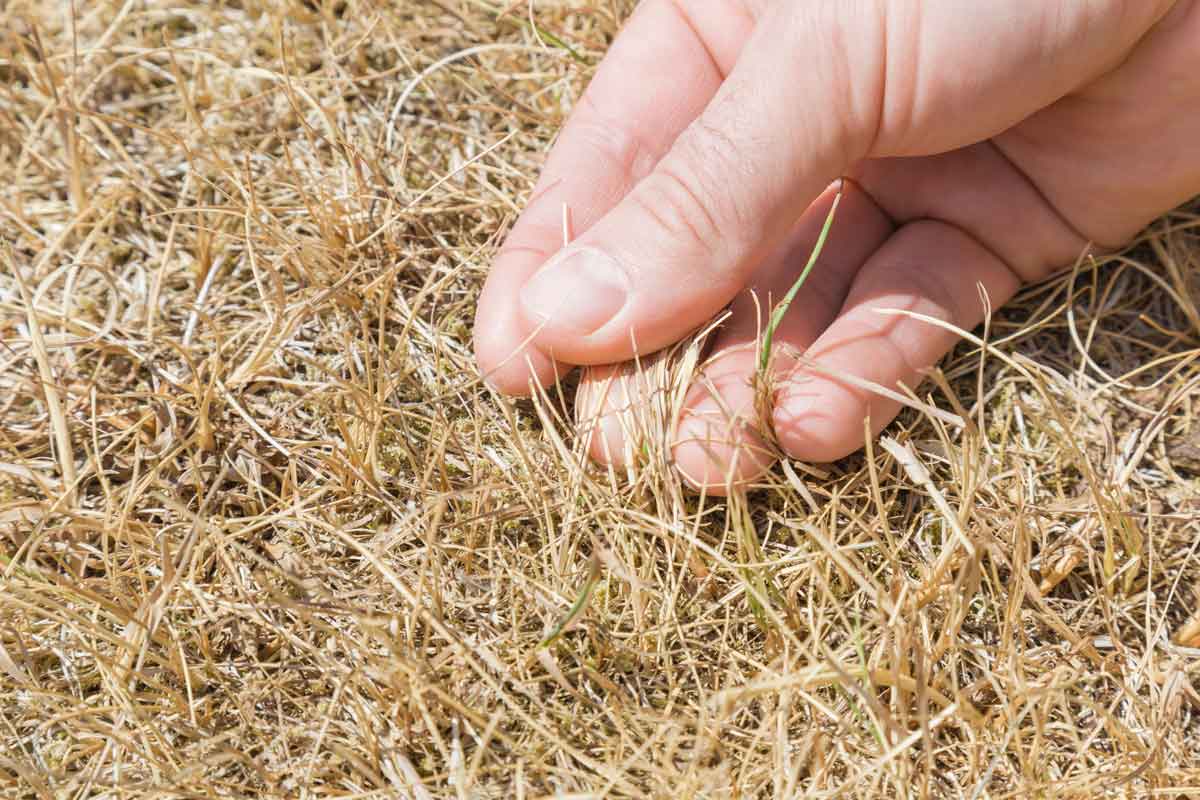

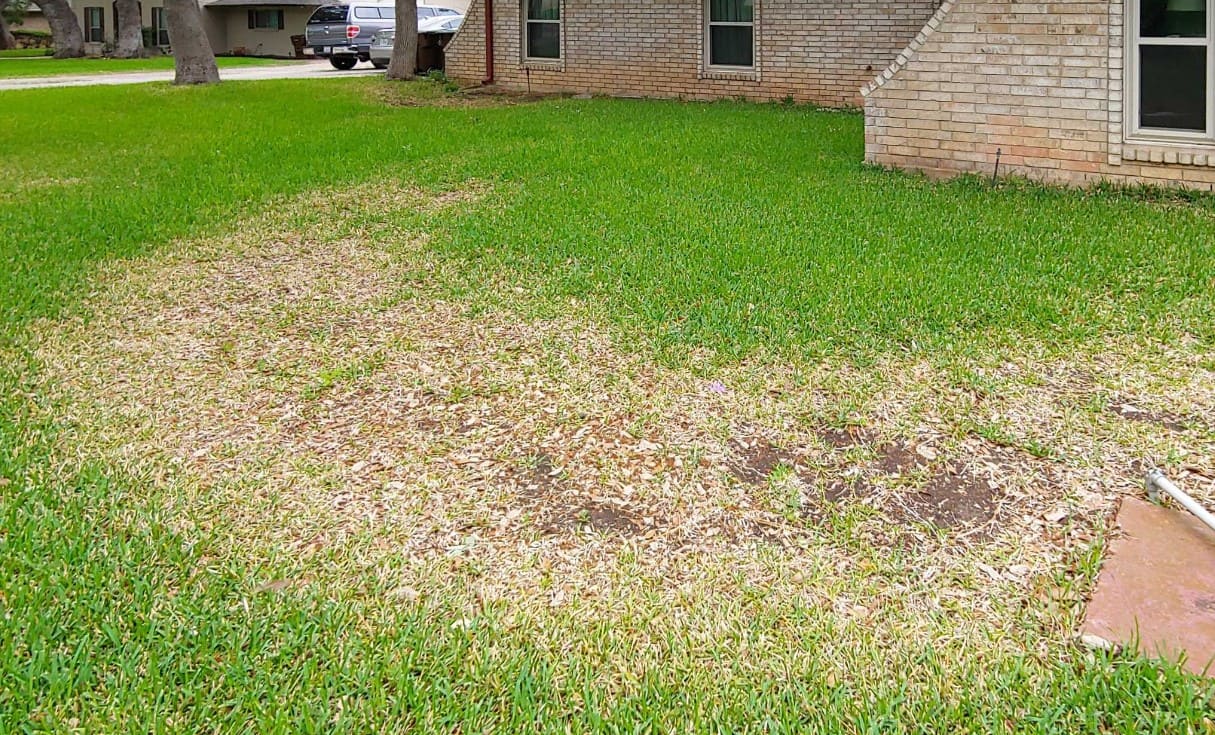
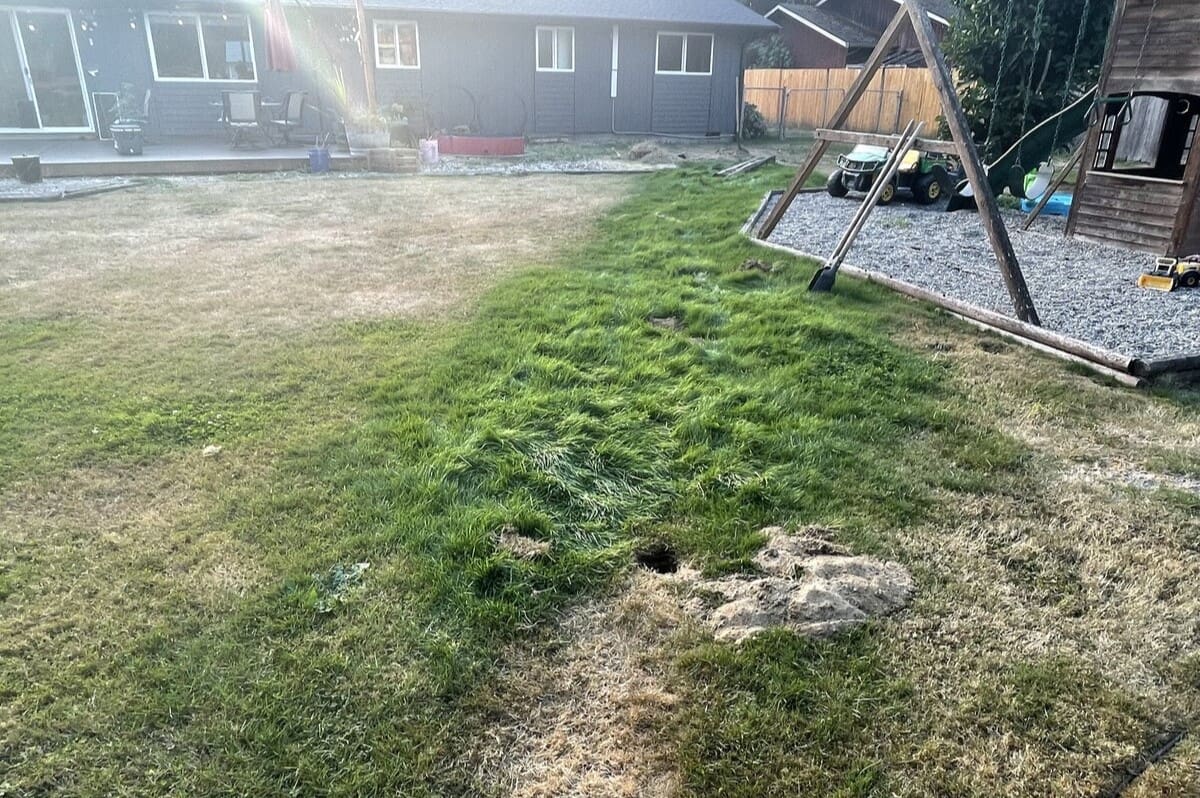
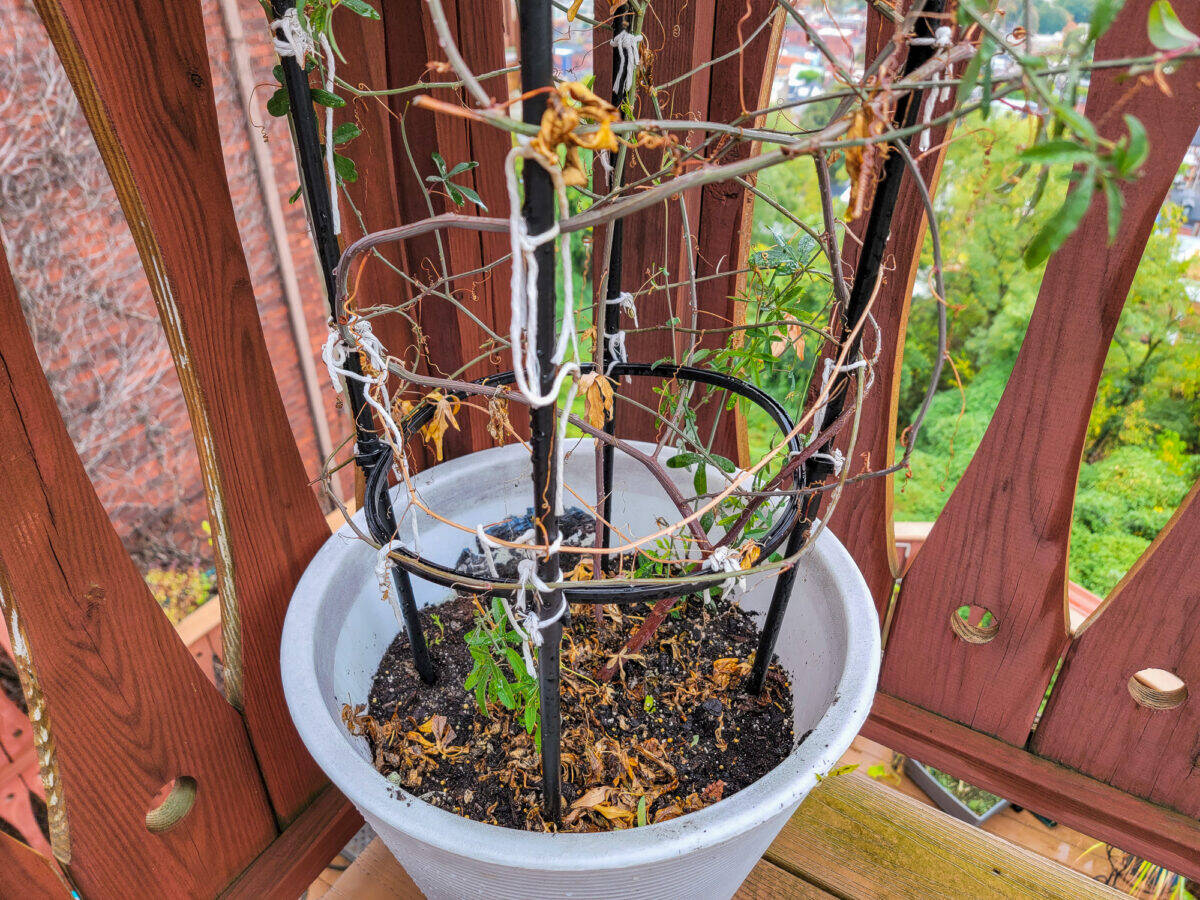

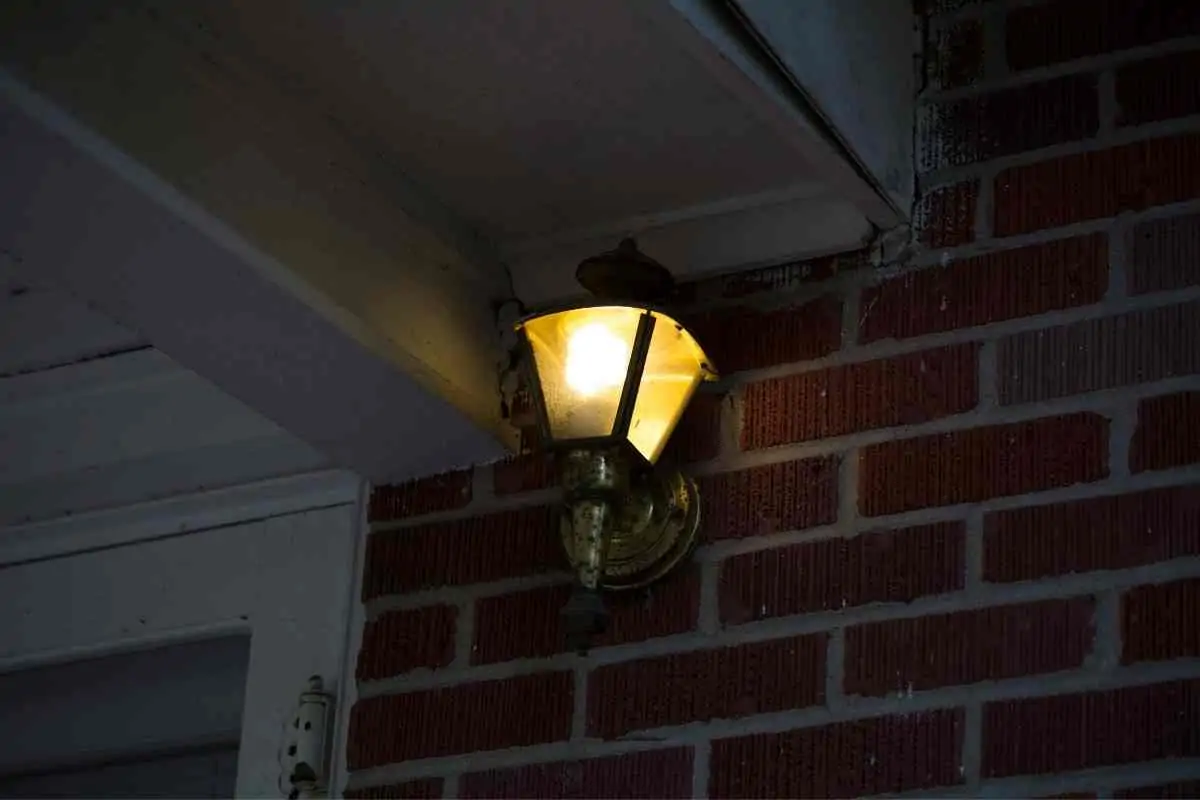
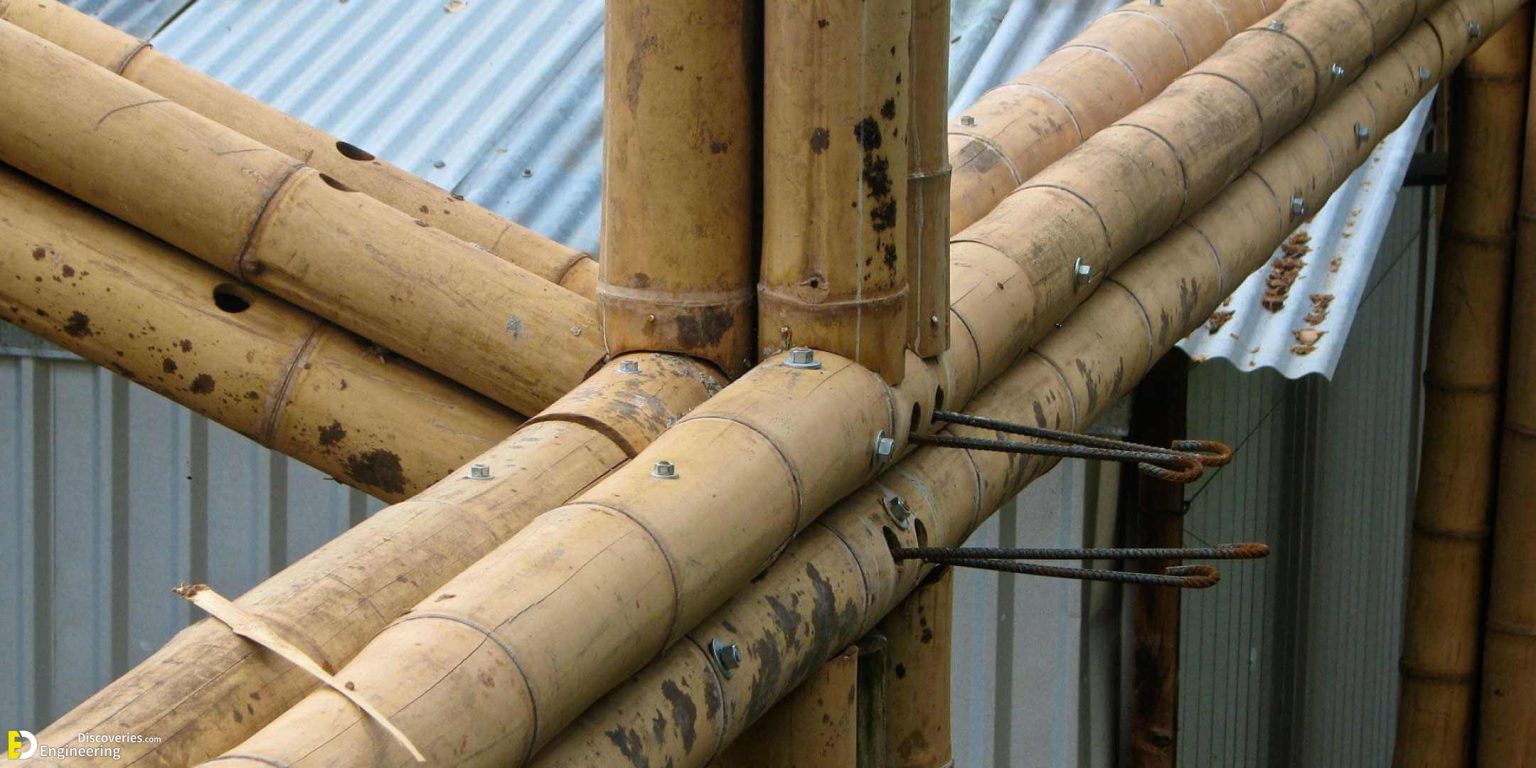
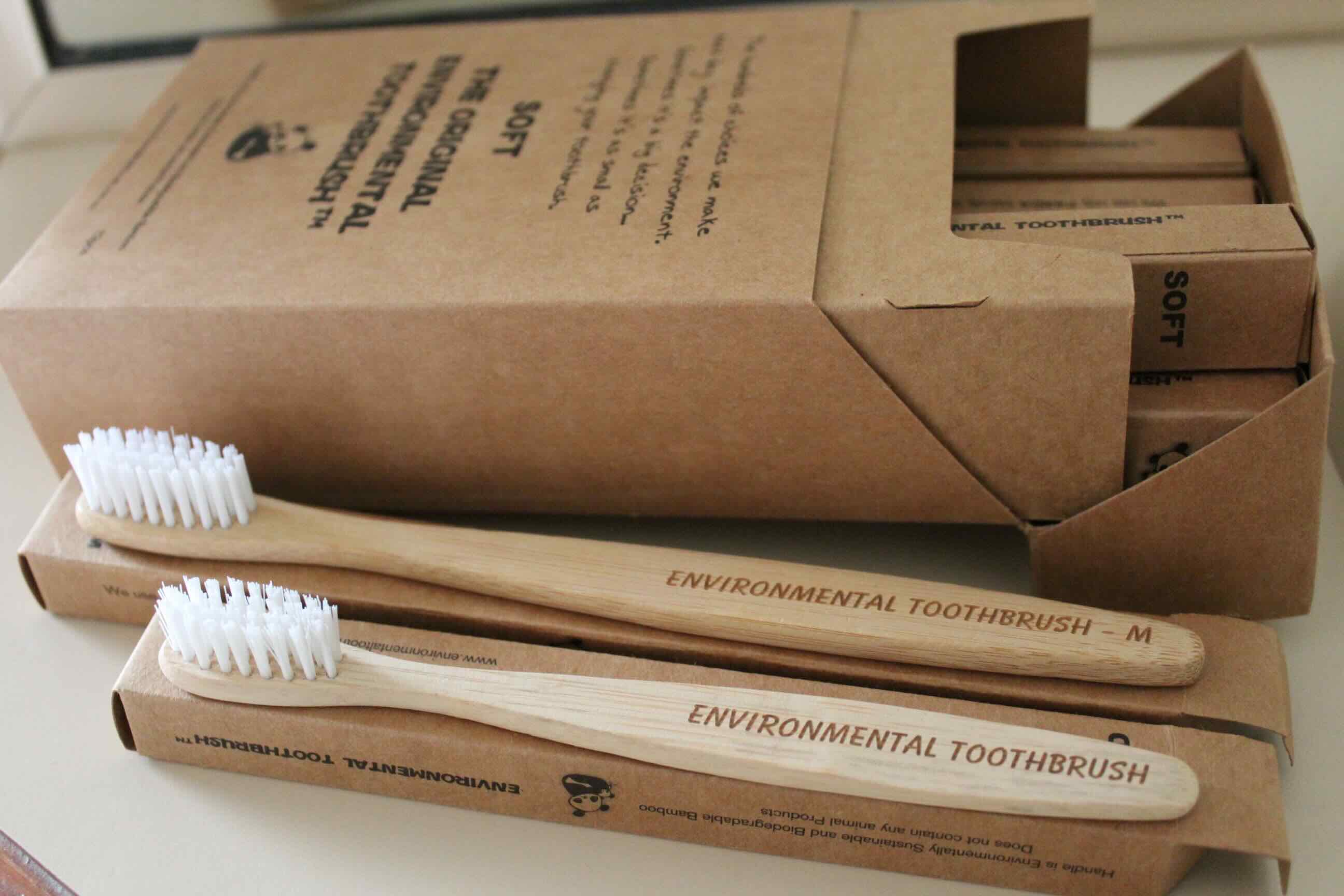
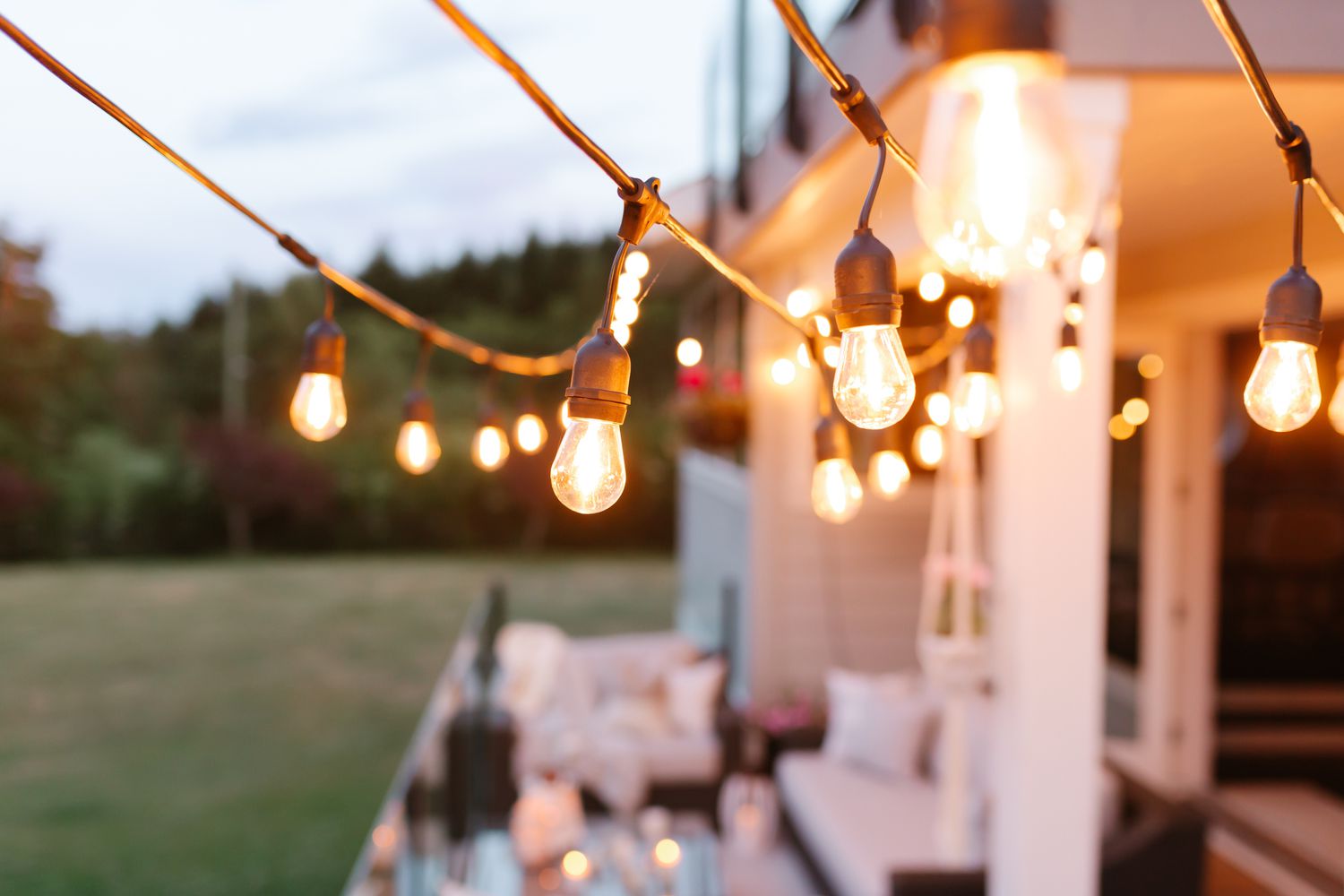




0 thoughts on “Why Is My Outdoor Bamboo Dying In The UK”